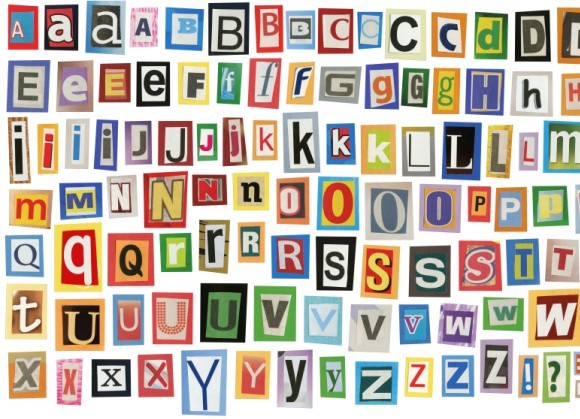Thanks to a 14-year-old boy just outside of Pittsburgh; many businesses have begun to wonder whether changing the font they use on printed documents will save them a significant amount of money.
Suvir Mirchandani has claimed that the US government could save $370,000,000 every year just by changing from Times New Roman to Garamond. There is however, only a small amount of truth in this. Changing a company’s default font can save money to an extent, but if the saving sounds too good to be true — it normally isn’t. Businesses should be given the opportunity to separate the facts from the myths, and we will help to do that.
Heroic Discovery?
Yahoo reported that Mirchandi’s study used software called APFill, an ink coverage software that allows users to compare different typefaces that are commonly used on standard A4 documents. He discovered that by changing the font from Times New Roman to Garamond, ink consumption was reduced by 24 percent. Cunningly, Suvir then used the US government’s annual cost of ink, which is $467,000,000, and used the 24 percent reduction in ink consumption as a financial saving against their annual cost.
Technical Issues
For a teenager to find such a staggering loophole in the central government’s finances does at first appear heroic. However, if every business tried to apply this theory they would most likely feel short changed.
Fonts are generally measured using a system called points, and one point corresponds to 1/72nd of an inch. As the number of the font changes, so does this ratio on the page.
Garamond is 15 percent smaller than other standard fonts. Therefore, common sense would dictate that if a business made the change, they would save on costs. However, what has not been discussed is that if any font is reduced in size to match Garamond at 12 points, then this would make the same saving.
As John Brownlee has suggested, this is not a hard and fast rule that can be applied in every instance. When words are printed, they may not necessarily be published at 12 points tall, rather, the space between the lines will be 12 points tall. What this shows is that changing the font size may not actually use any less ink, as when we compare for example Garamond and Times New Roman at a point scale of 12, we cannot take this as a conclusive saving because there can be no guarantee that these fonts will be the exact same size on that particular document.
For every day businesses
If a business wants to make any substantial savings based on the reduction of a font’s point size, then it cannot consider both ink and toner costs synonymously. This is because toner costs more than ink, and as Thomas Phinney has suggested, most large offices will make a deal with ink suppliers that includes the cost of toner. When a document is printed, the significant factor is usually the cost of print per page, and the relevance of the cost of toner is usually overlooked. The 15 percent reduction in font size will only save business money in terms of the cost per page. However, this is negated if the cost of toner is not taken into consideration as part of the printing process.
Also to be taken into account is what kind of printer is used. Print costs associated with an offset lithography are considerably smaller than those of an inkjet or laser printer, due to the efficiency of larger presses that can use such methods. However, the cost of owning and using lithograph printing is a substantial premium, and keeping this in-house would appear to be an ill-advised option just to witness the slight savings.

